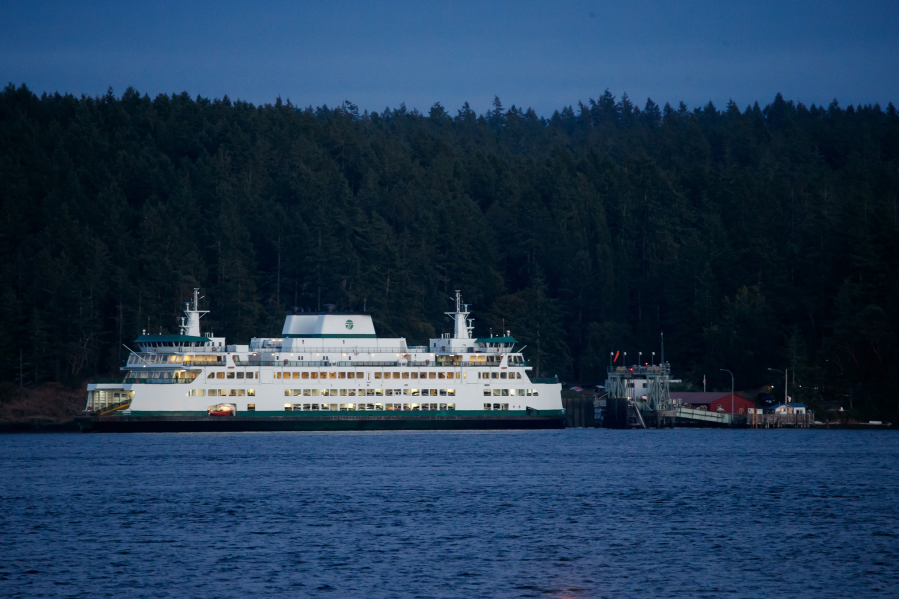SEATTLE — Unless leaders at Washington State Ferries can generate a tidal wave of new money and staffing ideas, the fleet could remain in dire straits through 2022 and beyond.
The nation’s largest ferry system, which traditionally completes 99% of scheduled sailings, slid to 90% this summer and 70% by early October, mainly because of crew shortages. WSF then retreated to what it calls an “alternative schedule,” which removed one vessel from most routes, slashing capacity one-third.
Schedulers are now adding trips when there are enough people to restore the second boat serving Mukilteo-Clinton, Edmonds-Kingston and Seattle-Bainbridge.
But long-term solutions will prove complex and costly if the state hopes to meet summer travel demand and carry the usual 24 million passengers per year at all 20 docks.



